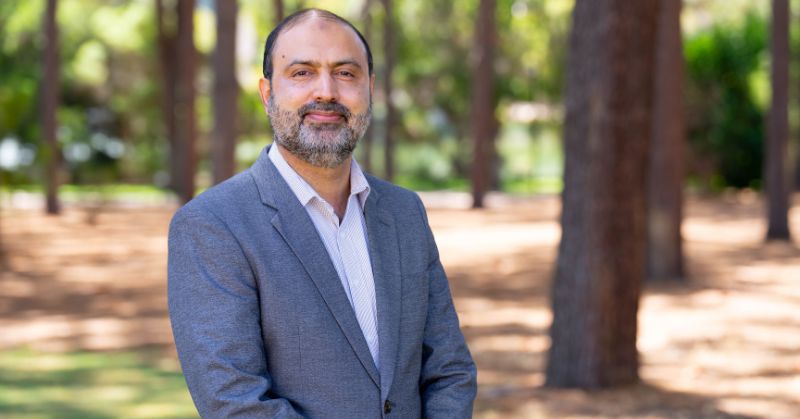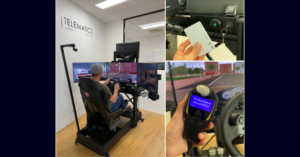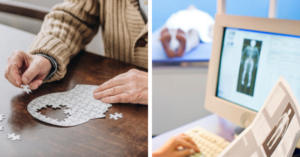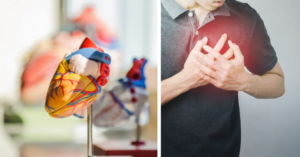ECU research fellow Dr Zulqarnain Gilani has won a prestigious grant and distinction for his work using artificial intelligence to help detect risk of heart attack and stroke more efficiently.
Raine Priming Grants are given to a select group of health and medical researchers each year, with Dr Gilani also named the Raine/Robson Fellow — an acknowledgement reserved for the academic the independent assessments and Research Committee deems the highest ranked applicant among the cohort.
Dr Gilani, from ECU’s School of Science and the Nutrition & Health Innovation Research Institute, is aiming to streamline how we can detect a person’s level of abdominal aortic calcification (AAC).
This is a build-up of calcium in one of the body’s main arteries and a marker of advanced atherosclerosis, a condition which can lead to heart attacks, stroke and even be a sign of late-life dementia.
As previous ECU research has shown, AAC can easily be detected by common Dual X-ray Absorptiometry machines which can take an image of the lateral lumbar region of the body.
These machines are used to screen for osteoporosis in around 600,000 people per year in Australia alone.
Currently, trained imaging experts are required to read the scan results, which can slow down the diagnostic process — which is what Dr Gilani is aiming to improve.
He is also looking to identify other important health-related information from the same images.
“This project proposes an exciting new approach to develop an Artificial Intelligence algorithm to detect fine-grained AAC along the vertebrae in these scans, without the need for manual human annotation” he said.
“And it will also aim to employ machine learning techniques to measure the width of calcified aortic dilatation and aneurysms from DXA scans.
“My attention-based encoder-decoder network, will be a step towards mimicking the human-like AAC-labelling.”







